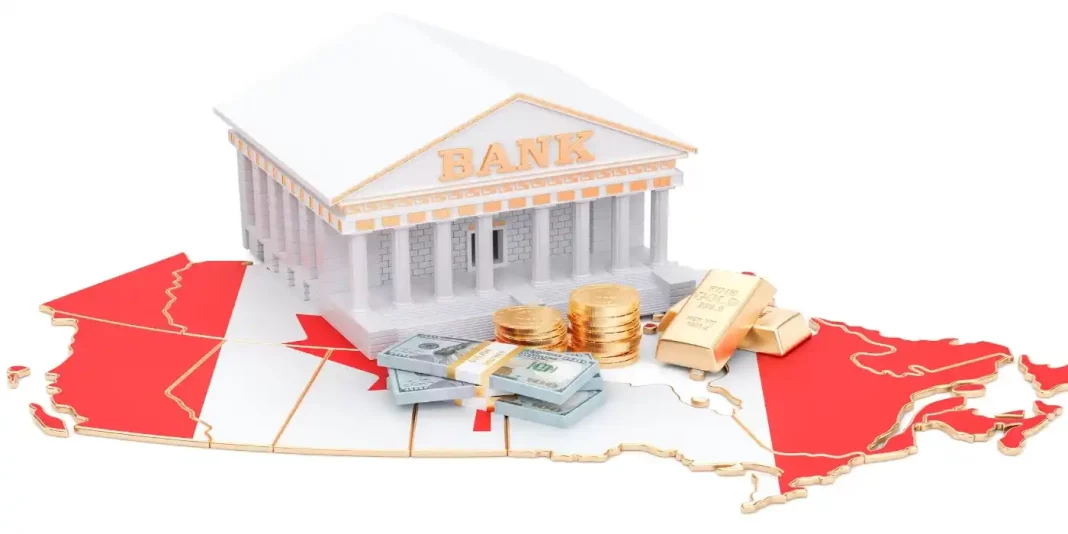The Bank of Canada decided to pause its efforts to introduce a digital version of the Canadian dollar.
After years of research, the central bank shifted its focus to other developments in payment systems both within Canada and globally.
Waiting for a Canadian CBDC
The BoC began exploring the concept of a CBDC in 2017 in response to the rise of digital payments and the decreasing use of cash.
Public consultations were held in 2022 to assess interest, and in 2024, the central bank released a staff discussion paper outlining the potential need for a digital currency to maintain monetary control over their population.
But then bank decided to prioritize other areas, and in a statement, they explained that it had conducted extensive research into the potential impacts of a digital currency on the economy and financial systems.
The study also detailed the technological requirements for creating a secure and accessible digital form of public money.
But now, instead of moving forward with a digital Canadian dollar at this time, the bank’s focus will shift toward preparing for ongoing changes in the global and domestic payments sector.
Global trends in finance, and the tightening control
Many nations are exploring central bank digital currencies, the CBDCs, only a few, including the Bahamas, Jamaica, and Nigeria, have fully launched their own and pushing it hard to capturing their people inside the system.
Karl Schamotta, Chief Market Strategist at Corpay told CBC that while cryptocurrencies indeed prompted a wave of financial innovation, there is little immediate need for a digital dollar from the people’s side.
Schamotta suggested that the BoC is likely prioritizing the proven security and reliability of the existing monetary system for the time being.
Resist
As the global payments sector continues to change, the BoC may revisit the idea of a digital currency in the future, as the temptation of total financial control is too strong to resist for any power hungry ruler.
Fortunately, the central bank now decided to focus its efforts on adapting to the changing payments ecosystem rather than introducing a new digital currency, but we have this feeling as it’s just a mater of time.
This decision may be influenced by factors such as the maturity of the existing monetary system, the potential risks associated with a digital currency, and the need to align with broader global trends in payment systems.
Have you read it yet? Solana introduces Seeker, the new web3 phone
Disclosure:This article does not contain investment advice or recommendations. Every investment and trading move involves risk, and readers should conduct their own research when making a decision.
Kriptoworld.com accepts no liability for any errors in the articles or for any financial loss resulting from incorrect information.


